Join More Than 50,000+ Subscribers and get latest camera news and rumors
NEW CAMERA VIDEOS ON YOUTUBE
|
By admin, on March 21st, 2024
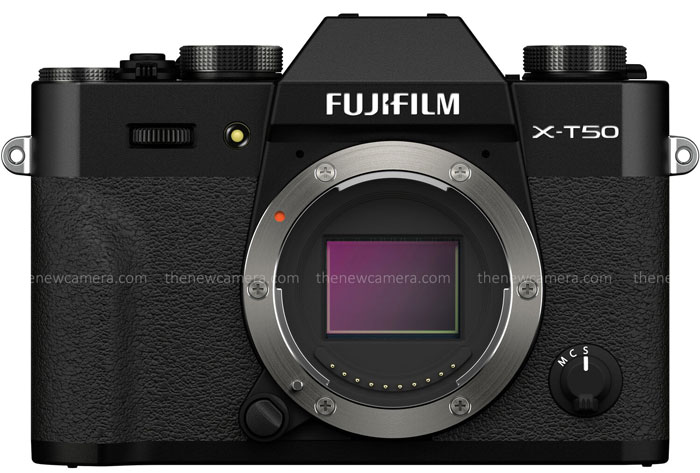
According to the latest rumors from the rumor mill, the Fuji XT50 camera is set to arrive next from Fuji. There will be no Fuji X T40, instead of that, they will directly announce the Fuji X T50. Also, Since the Fuji X T5 camera is already available, it no longer makes sense to introduce a Fuji XT40.
As for the camera’s specifications, the Fuji XT 50 will likely become the most affordable APS-C camera with a 40-megapixel 5th generation X-Trans sensor, the same as of the Fuji X-T5.
We will post an update as soon as we get any new information.
Get LIVE RUMORS –> FACEBOOK | TWITTER | INSTAGRAM to get live news + Canon rumors 24X7
source FR.com
By admin, on March 19th, 2024
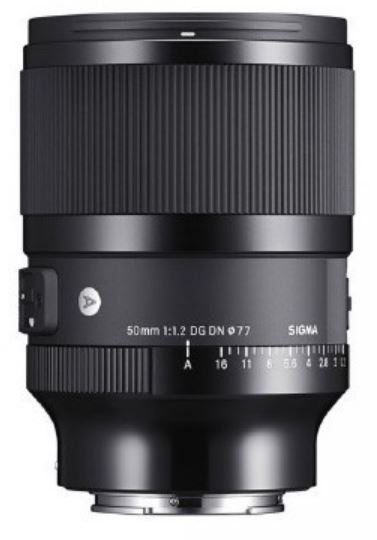
We now have the leaked images of the to-be-announced Sigma 50mm F1.2, the lens is coming for the Sony E-Mount and Leica L-Mount.
When Compared to Sony’s 50mm F1.2GM, the new lens is said to be more compact lightweight and affordable, overall similar to their own 50mm F1.4 lens. It features a 77mm filter interface and 13 aperture blades. It will be available in Sony E-mount and Leica L-mount versions and is expected to be released within the next two weeks at a slightly lower price than the original manufacturer’s.
Follow us on our social pages FACEBOOK | TWITTER | INSTAGRAM, If you have time –>see more Sony Alpha Rumor
By admin, on March 18th, 2024
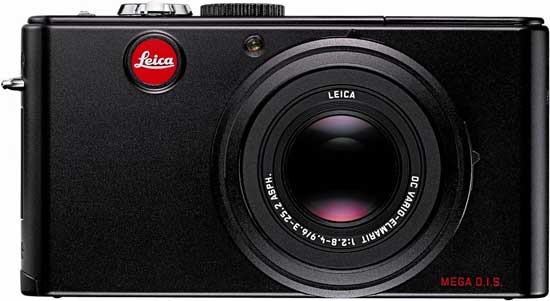
Leica’s registered a new camera! The new D-Lux camera is about to be released, possibly as a limited edition. Recently, Leica registered a new D-Lux camera with the codename Type 3952A. The current model of the Leica D-Lux camera is 3952 (some e-commerce platforms have already marked it as discontinued). From the name, this new camera seems to be a minor upgrade, but it could also be a limited edition.
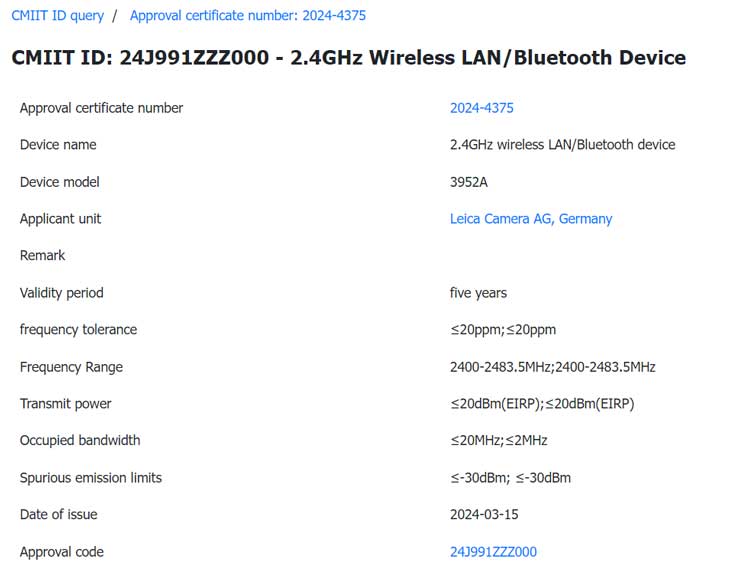
PS: we are talking about the re-release of a camera with a minor since the model code is the same as of previous one the only difference is letter A at the end.
Follow us on our social pages FACEBOOK | TWITTER | INSTAGRAM, get live news + Leica rumors 24X7
By admin, on March 16th, 2024
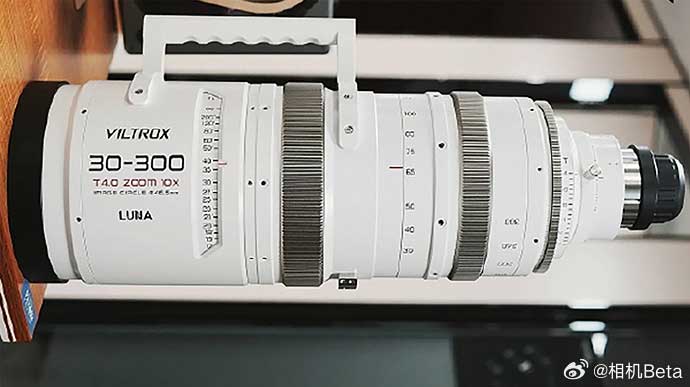
Voltrox to soon announce 30-300mm Cinema Lens [10X in total zoom] with an aperture of F4. It will be available in Sony E, Leica L, and PL mounts. It is a manual focus lens designed for filmmaking, and it is the first lens in the “Luna” series. The price has not been announced yet.
That also means new range of viltrox LUNA series of Lenses will arrive of Cinema Cameras in 2024 – 2025.
Follow us on our social pages FACEBOOK | TWITTER | INSTAGRAM, If you have time –>see more Sony Alpha Rumor
source camerabeta
By admin, on March 15th, 2024
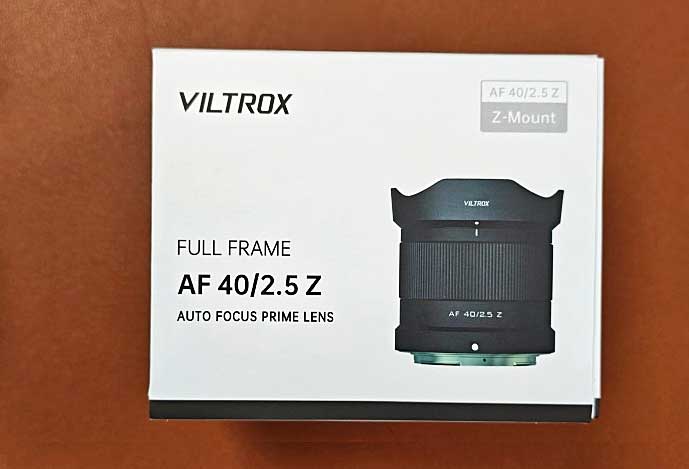
Good News, the Viltrox 40mm F2.8 for Nikon Z Mount Global Shipping will Start at the end of May 2024 as per the latest information surfaced above the web. Stay tuned more updates coming
Also, see Best Lenses for Nikon Z50 in 2024
Nikon 3rd Party Lens Road- Map
7 Best Lenses for Nikon Z8 (…and 3 to avoid)
Nikon ZF vs Nikon Z6 Mark II – 12 Major Differences
Follow us on our social pages FACEBOOK | TWITTER | INSTAGRAM to get live news + Nikon Rumors 24X7.
By admin, on March 15th, 2024
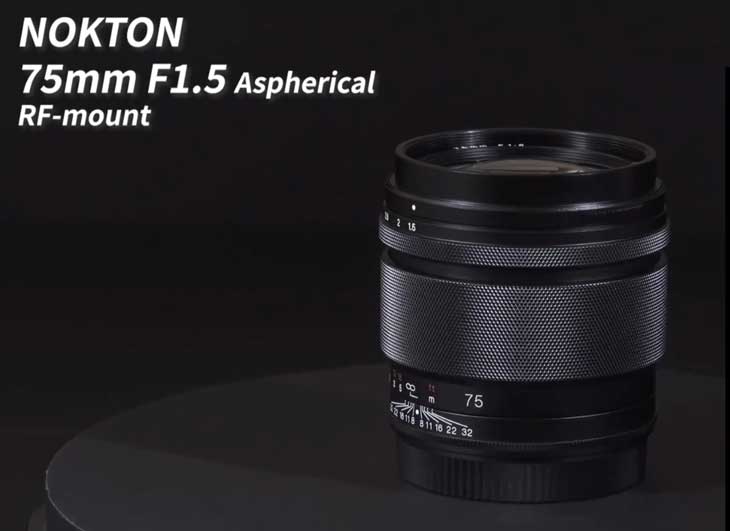
NOKTON by COSINA announced 75mm F1.5 for Canon RF mount, with a price of tag of $900. The Lens do have a Chip to deliver information to EXIF details. But, the canon is full Manual Lens, and at 75mm you will need cameras like Canon R6 Mark II with 8 Stops of IBIS or with Canon R8 camera you will require and good monopod or Tripod.
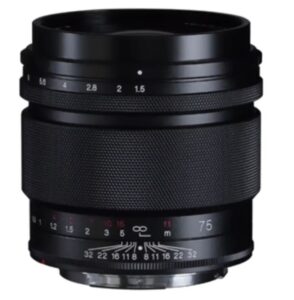
The lens will be available for purchase in April 2024.
The same sort of information broke out back on Feb 2024 – Canon R5 Mark II Coming on April, 2024 | Canon will Focus More on Video from 2024 – 2025
Get LIVE RUMORS –> FACEBOOK | TWITTER | INSTAGRAM to get live news + Canon rumors 24X7
By admin, on March 15th, 2024
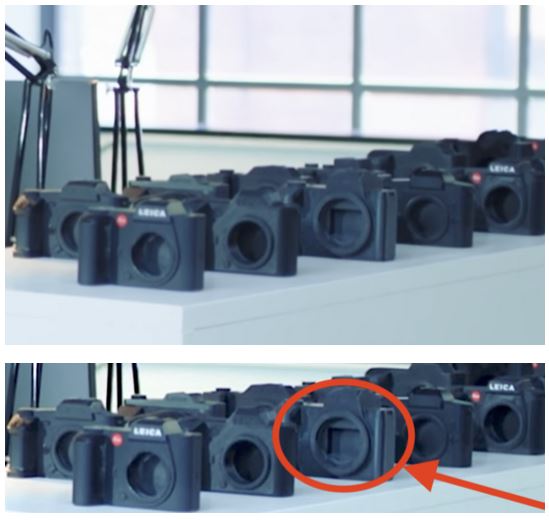
According to the latest news we have, Leica rep. it is confirmed that the Leica medium format mirrorless camera to be released within two years. Recently, LovelightTV released a video of their participation in the Leitz Park event, in which a Leica representative said that that Leica’s medium format mirrorless camera is will arrive within the next two years with a Brand New Medium Format MOUNT, but at the same time it will have compatibility with Leics L-Mount and you can use you Fullframe Lenses with the help of an adapter to Leica Medium format camera if you wish to.
New Range of Leica Medium format Lenses is also under development and will arrive along with the new Medium format camera system.
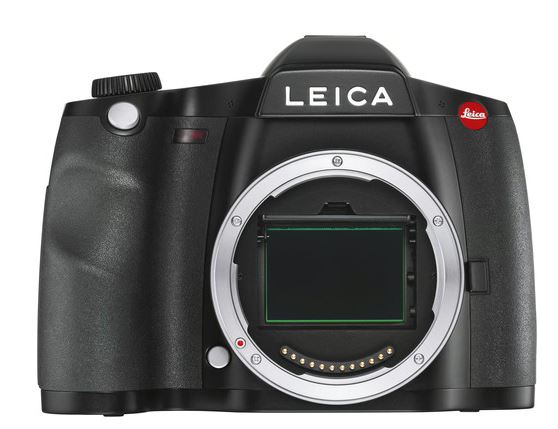
Earlier, the Leica S3 was the Last Leica S Mount Medium Format DSLR camera. We do hope and expect the upcoming Leica Mirrorless Medium format Mirrorless camera will continue the S series legacy.
Leica S3 Specification
- 64MP 30 x 45mm CMOS Sensor
- Maestro II Image Processor
- DCI 4K and Full HD Video; 4:2:2 Color
- ISO 100-50000, Up to 3 fps Shooting
- Optical Pentaprism Viewfinder, 0.87x-Mag
- 3.0″ 921.6k-Dot LCD Monitor
- Dual Shutter System Support
- Built-in Wi-Fi and GPS
- Weather-Sealed Magnesium Alloy Body
Leica S3 was announced on March 6th, 2020 and Discontinued on July 7th, 2023
Follow us on our social pages FACEBOOK | TWITTER | INSTAGRAM, get live news + Leica rumors 24X7
via webio
|
KEEP THIS BLOG ALIVE - Support New Camera Buy Canon Lenses, Buy Music CD or Digital Camera at amazon it helps this site, and you do not pay anything extra, it is just a way to help support this site.

|















